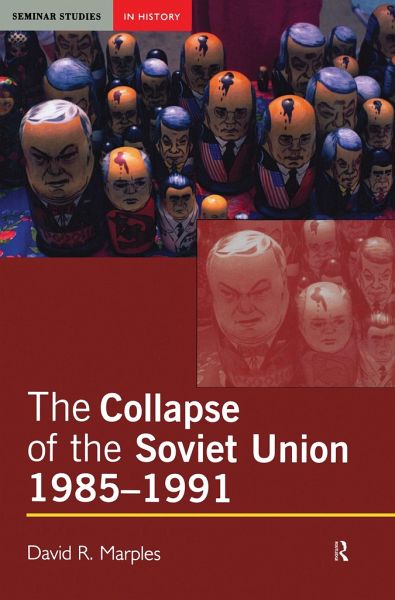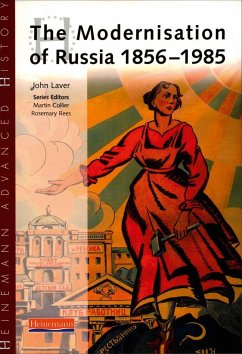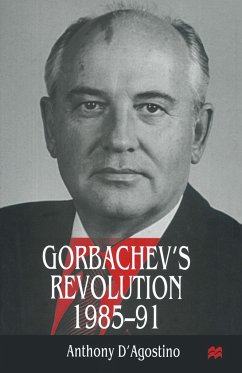
The Collapse of the Soviet Union, 1985-1991
Versandkostenfrei!
Versandfertig in 1-2 Wochen
213,99 €
inkl. MwSt.
Weitere Ausgaben:

PAYBACK Punkte
107 °P sammeln!
The collapse of the Soviet experiment was one of the major turning points in twentieth century history. During the period of 'perestroika' the Soviet Union took the first steps to becoming a civil society and started to re-examine it's Stalinist past. This new text examines the Gorbachev years, asks why the Soviet Union collapsed in 1991, and offers a succinct and accessible interpretation of the remarkable events that led to the collapse.













